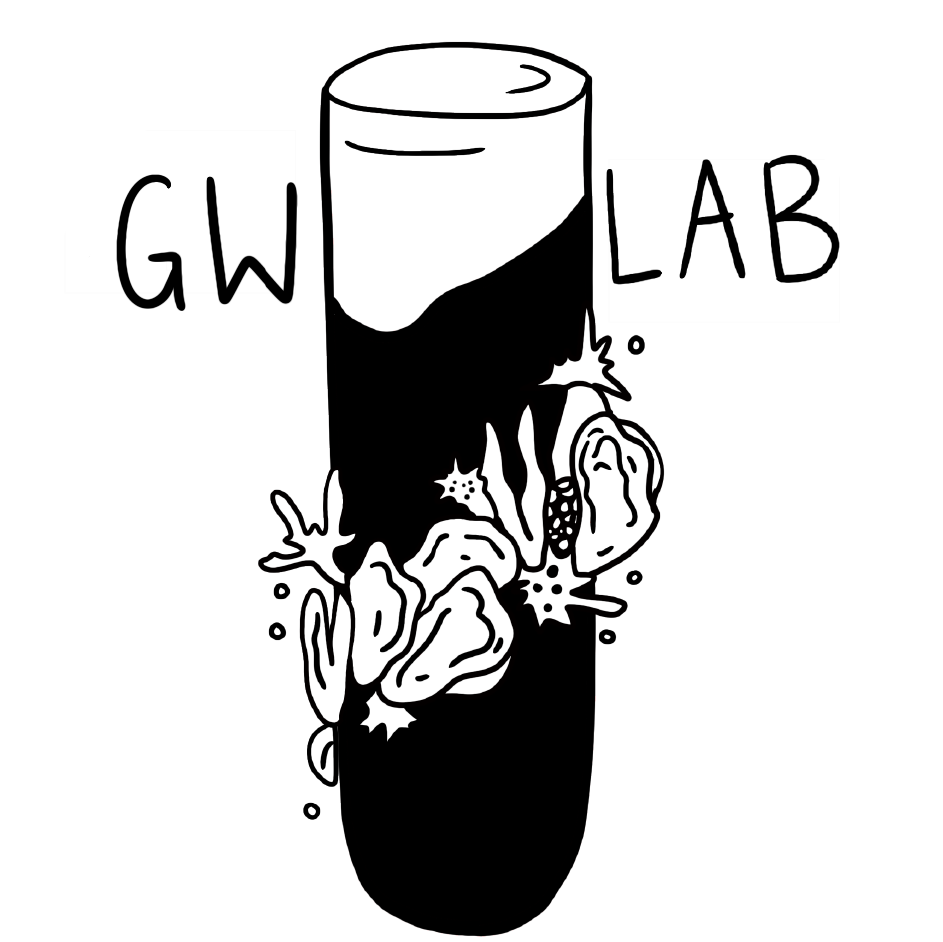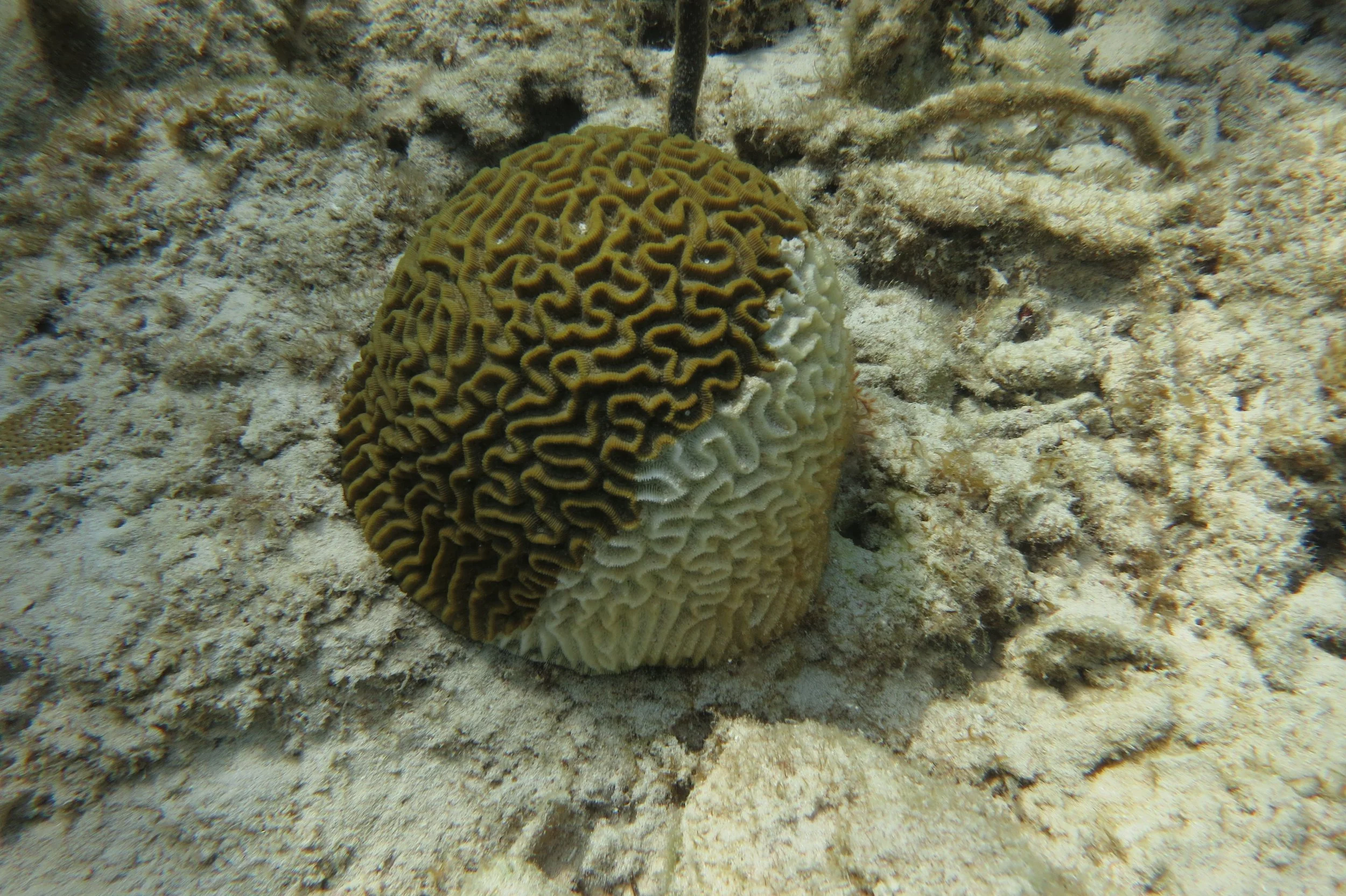
Research
Current research projects
Environmental and community effects on Perkinsus marinus distribution in the eastern oyster
In collaboration with Lisa McManus (University of Hawai’i) and Katrina Lohan, I am using the oyster Crassostrea virginica and the protistan parasite Perkinsus marinus as a model system to test the influence of biotic and abiotic factors on biodiversity-disease relationships. One of the most intriguing and contentious issues in the field of disease ecology is how universally host biodiversity lessens disease risk (termed the dilution effect). The influence of host biodiversity on disease risk is important from both an ecological and conservation perspective, but is highly dependent on environmental constraints. Through controlled mesocosm experiments, I demonstrated that temperature and salinity influence the rates of P. marinus release from infected oysters differently (Gignoux-Wolfsohn et al. 2020, Parasitology). These findings are especially interesting in the context of future changing water temperatures and salinity, which will influence host-pathogen interactions in contradictory manners. Through a combination of experiments and modeling, I aim to evaluate the environmetnal and community factors that constrain or support the proliferation of P. marinus. Ultimately, the goal is to scale up from interactions between a single host and its pathogen to a test of the universality of the dilution effect hypothesis that considers location, environment, and community composition.
Mechanisms of climate change stressor-induced carryover effects in oysters
To accurately predict organismal responses to climate change, we need to understand how organism phenotypes are influenced by past environmental experiences such as those that occur early in life. Because climate change is increasing the likelihood that organisms will be exposed to the same stressors repeatedly over their lifetimes, these “within-generation carryover effects” may play an increasingly important role in adaptive responses. But little is known about the mechanisms behind observed carryover effects or how they persist and change across organism ontogeny. With Sarah Donelan (SERC) and Tom Miller (CBL), we are exploring how early life exposure to two interacting climate change stressors – hypoxia and warming – impacts eastern oyster (Crassostrea virginica) fitness as well as the potential mechanisms and ecological consequences of these carryover effects across multiple years and at multiple points during ontogeny. We are exploring two potential mechanisms of within-generation carryover effects (microbiomes and methylomes), both of which we have previously found to be influenced by previous exposure to stressors. Carryover effects may be a means of quickly acclimating organisms to future environments that can be used in conjunction with selective breeding to create more resilient organisms. This research will thus generate data on a potential strategy for addressing effects of climate change on aquaculture and coastal systems. This project is funded by NSF Award # 2222310
Oysters as sentinel biofilters for human pathogens
Human pathogens, including both viral and bacterial taxa, can be retained in coastal environments and cause illnesses ranging from gastroenteritis to respiratory diseases. Transmission of pathogens to humans can occur through consumption of contaminated shellfish, inhalation or ingestion of contaminated seawater or sediment, or direct exposure to wounds, ears, and eyes. As coastal environments allow for multiple sources of infectious microbes, tracking the movement of pathogens through these environments is essential for public health strategies. Unfortunately, detection of pathogens in coastal waters can be challenging, particularly for viruses, due to their dilution in large bodies of water and the sometimes small infectious dose required to cause disease. In collaboration with Katrina Lohan (SERC), Colleen Burge (CDFW), and Rebecca Dikow (SI-OCIO), we are exploring the use of natural biofilters (filter-feeding animals) as sentinels for human pathogens. We are developing and testing a novel genomics method to 1) determine the efficiency of C. virginica for use as a biofilter for common human pathogens and 2) increase our understanding of the sources, dispersal, aggregation, and diversity of human pathogens in coastal waters. This project is partially funded by a grant from the NIH.
Exploring resistance to stony coral tissue loss disease
Stony coral tissue loss disease (SCTLD) is a new devastating white syndrome first reported off the coast of Miami in 2014 and currently spreading throughout the Caribbean. Unlike other coral diseases, SCTLD afflicts over 20 species of coral, with disease severity and mortality varying by species. In some locations, outbreaks have killed up to 90% of corals, giving it the potential to irreversibly change the composition of Caribbean reefs. The majority of species affected by SCTLD show intermediate levels of susceptibility, with 50% or more of colonies never developing disease signs. We currently do not know what makes some coral colonies resistant. We are working to identify biomarkers of disease resistance by comparing the genetics of corals that died from SCTLD to those that continue to survive on three levels: the coral animal, the symbiotic algae, and the microbiome. This project builds off of my previous work identifying microbes associated with white band disease resistance (Gignoux-Wolfsohn et al. 2017 FEMS Microbiology Ecology) and genetic signatures of resistance in bats affected by white nose syndrome (Gignoux-Wolfsohn et al. 2021 Molecular Ecology). With collaborators throughout the Caribbean, including the Perry Institute of Marine Science, Central Caribbean Marine Institute, Cayman DOE, Smithsonian Marine GEO, Aldo Croquer, and others, we are tagging and sampling corals through time as the disease progresses. This work is currently partially funded by the Paul Angell Family Foundation.




